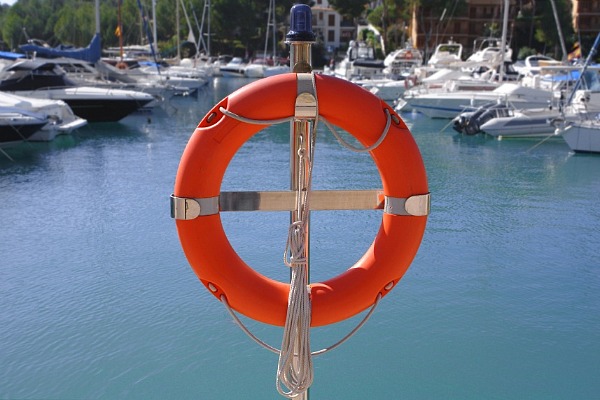
Ports and Waterways Minister Paul McLeay has reminded boaters to be vigilant about safety when crossing coastal bars following a number of recent boating incidents on the State’s mid north coast.
Mr McLeay said inexperienced boaters and those on holiday in less familiar areas need to be particularly cautious when crossing shallow sand bars which can form at the point where rivers and other waterways meet the sea.
“At this busy period of the boating season, it is essential that boaters are aware of the particular challenges associated with crossing coastal bars and they ensure the safety of everyone on board when making the crossing,” Mr McLeay said.
“Only experienced skippers should attempt a bar crossing. All skippers should ensure they have comprehensive local knowledge and information about the bar in different weather and stages of the tide. “It is particularly important they know the times of the tide, obtain an up-to- date weather forecast and observe the bar conditions and are prepared to cancel or delay the crossing if necessary.”
“I’d like to also take this opportunity to remind skippers they are responsible for making sure everyone on board is wearing a lifejacket while the boat is crossing a bar,” Mr McLeay said.
In the last three weeks, there have been at least three reported incidents of boats capsizing on a coastal bar – two on the Macleay River bar at South West Rocks (the most recent on Tuesday, January 11) and one on the Hastings River bar at Port Macquarie.
In 2009, there were 19 reported incidents on coastal bars, including the Macleay River, Hastings River, Evans River (Evans Head), and Cape Hawke Harbour (Forster).
Mr McLeay said fortunately all crew and passengers returned to shore safely but such incidents were a reminder for skippers to consider some important advice when crossing coastal bars, including:
Before and during the crossing
• Check the bar webcameras before going boating;
• Check the vessel, especially steering and throttle controls and watertight hatches and drains to ensure it is able to take impact from waves;
• Secure all loose gear and equipment;
• Brief passengers of the dangers and plan for the worst;
• By law, all passengers must wear a lifejacket when crossing a bar;
• Ensure all crew and passengers have a secure hold when crossing;
• Assess the bar conditions – watch for as long as it takes to predict wave sets;
• Be aware that outgoing (ebb) or low tide can be more dangerous for crossing coastal bars;
• If its too rough – don’t risk it, turn back, be safe.
Going out
• Ensure you don’t hit waves at high speed and avoid allowing waves to break onto your vessel;
• Always approach a wave at 90 degrees and not turn just before a wave (leave plenty of distance to retreat). Skippers should manage the power when going over broken or unbroken waves and not over accelerate;
• Stay behind or between wave sets and do not attempt to jump or power over waves.
Coming in
• Be aware the conditions may have changed and if dangerous, consider alternatives such as waiting for conditions to abate or seeking an alternate safe harbour;
• Stay behind or between wave sets and do not attempt to jump or power over waves.
A brochure Bars’n’Boats – A Safety Guide is available from NSW Maritime.
Information is also available at www.maritime.nsw.gov.au.